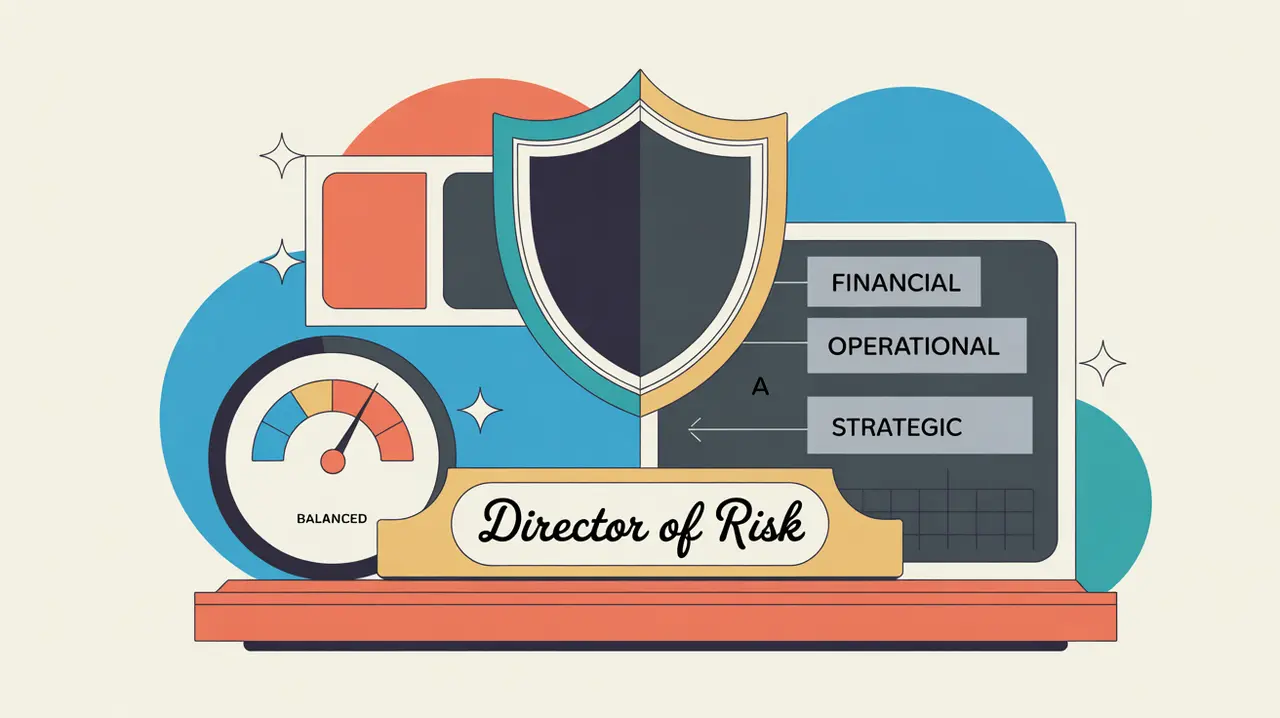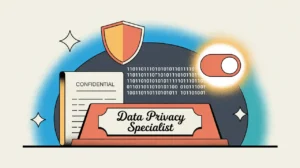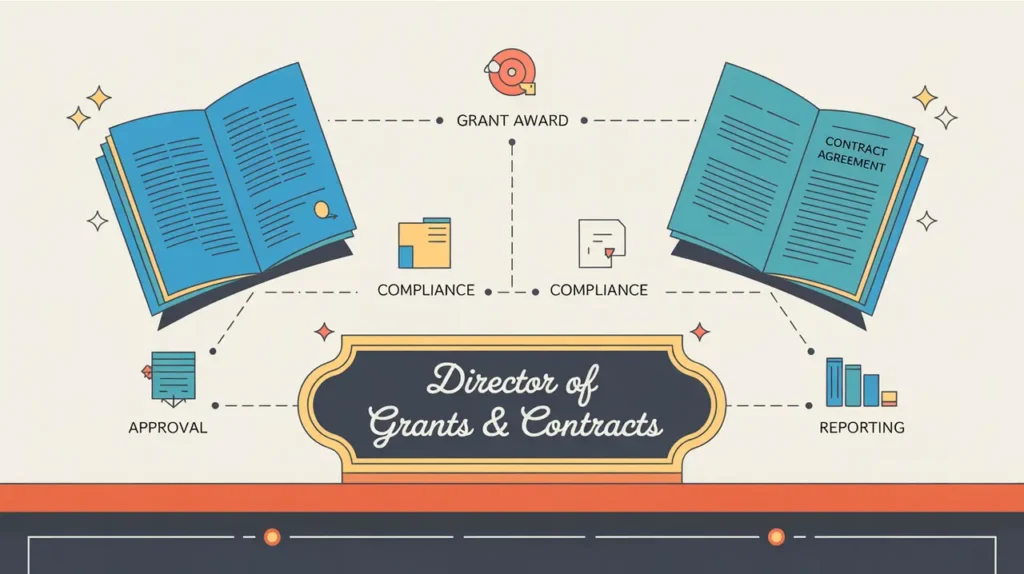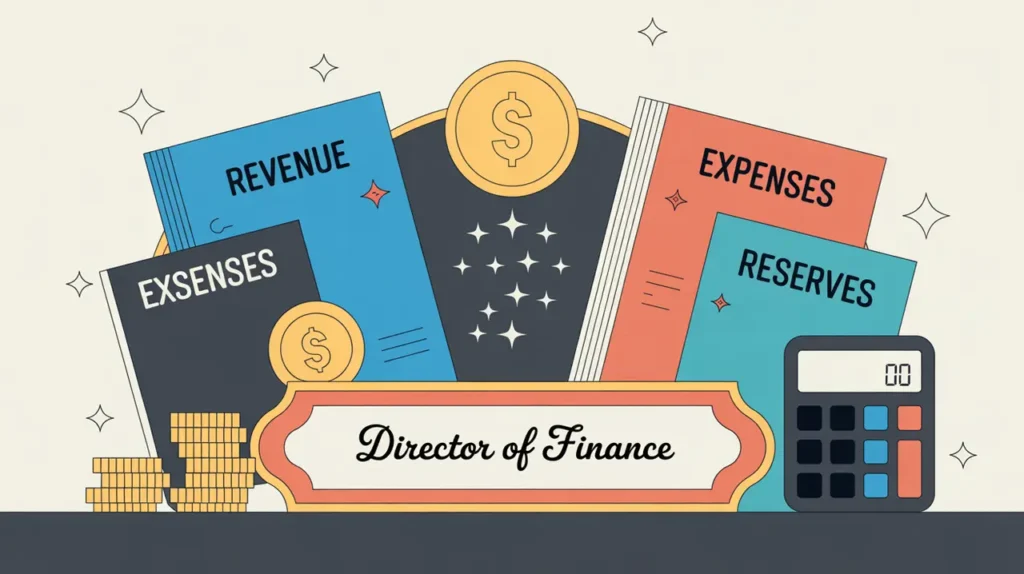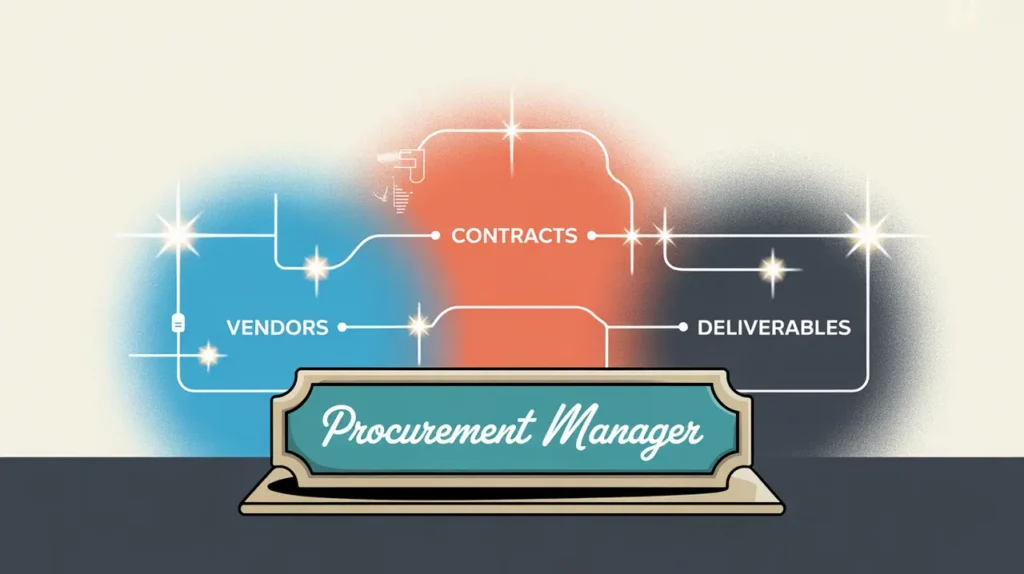What Does the Director of Risk Role Involve?
A director of risk is responsible for leading the organization’s risk management strategy to protect assets, ensure compliance, and strengthen organizational resilience. This involves identifying, assessing, and mitigating strategic, operational, financial, and reputational risks across the organization. The role typically sits within the executive or compliance function and works closely with the chief risk officer (if present), chief operating officer, finance teams, legal counsel, and program leaders. In both nonprofits and social enterprises, directors of risk play a critical role in ensuring that mission delivery is supported by robust systems for risk anticipation, prevention, and response.
At What Level does this Role Operate?
Executive Level: This role typically reports to the chief risk officer, chief operating officer, or chief executive officer. It involves setting organizational risk strategies, overseeing risk frameworks and teams, advising leadership and boards on emerging risks, and integrating risk management into decision making.
Relative Employability: Director of risk roles are increasingly in demand across nonprofits, social enterprises, philanthropic organizations, and international NGOs. As operational environments become more complex and regulated, and as organizations manage larger portfolios and partnerships, experienced risk leaders are essential for stability and trust.
Relative Pay Scale: Within nonprofits and social enterprises, director of risk roles sit in the executive pay bands, reflecting their strategic influence, fiduciary responsibilities, and critical role in protecting organizational assets and reputation.
What are the Key Responsibilities and Activities?
- Develop and lead the organization’s risk management strategy and frameworks, ensuring alignment with mission and operations
- Identify and assess strategic, operational, financial, and reputational risks across programs and departments
- Oversee the implementation of risk mitigation measures, policies, and controls
- Monitor compliance with legal, regulatory, donor, and partner requirements
- Advise leadership and board committees on emerging risks and recommend appropriate actions
- Collaborate with program, finance, legal, and operations teams to integrate risk management into planning and execution
- Lead risk assessments, scenario planning, and business continuity efforts
- Establish systems for reporting, monitoring, and responding to risk incidents
- Foster a culture of risk awareness and accountability throughout the organization
What Core Competencies and Qualifications are Needed?
Required Qualifications and Experience
The following reflect common qualifications and experience expected for this role, while recognizing that pathways may vary by context, organization, and region.
- Relevant academic background in risk management, finance, law, public administration, or a related field, or equivalent professional experience
- Extensive experience in risk management, compliance, or related leadership roles
- Strong understanding of risk frameworks, regulatory environments, and governance structures
- Proven ability to lead cross-functional teams, develop risk systems, and advise senior leadership
- Excellent analytical, communication, and problem-solving skills
Key Competencies
- Risk strategy and leadership
- Risk identification, assessment, and mitigation
- Compliance oversight and governance
- Scenario planning and business continuity
- Cross-functional collaboration and advisory
- Analytical rigor and strategic communication
How are AI and Automation Shaping this Role?
An AI-native director of risk will look to AI and automation to enhance risk detection, assessment, and response. They can use AI tools to analyze large datasets for anomalies, identify emerging risk trends, and support predictive modeling to anticipate potential threats. Automation can streamline risk reporting, compliance tracking, and incident response workflows, allowing risk leaders to focus on strategic oversight and organizational resilience. By integrating AI thoughtfully, directors of risk can create more proactive, data-informed risk management systems that strengthen organizational stability.
What Career Pathways and Transferable Skills are Associated with this Role?
Director of risk roles can lead to positions such as chief risk officer, chief operating officer, or other senior leadership positions. The skills developed in risk strategy, compliance oversight, governance, and cross-functional advisory are highly transferable across nonprofits, social enterprises, philanthropic organizations, government agencies, and regulated industries. This role provides a strong platform for shaping organizational resilience and trust at the highest levels.
